The BSOD, or better yet known as the Blue Screen of Death, is a telltale sign that there lies a fatal error within the operating system. It is associated with Windows 10 devices and is caused by a number of reasons. The only thing that Microsoft suggests when you find yourself in this trouble is that it’s a memory management error. In all honesty, just knowing this is far from helpful. There are a wide number of reasons as to why you’ve had the displeasure of encountering this error.
That being said, the first initiative you must take is to understand what the underlying cause is. Once you isolate the cause, you’re already on the path to fixing the Windows 10 memory management error. Firstly, one must understand the cause of BSOD. Now, It could be due to faulty hardware, like fault memory, overheating of a few components, issues within the power supply, etc. It could also be due to inexpertly written device drivers.
See also: How to Repair Ubuntu Easily
Table of Contents
How To Fix Memory Management Error
Now there persist several reasons, as mentioned above, that cause you to encounter a memory management error. Keeping this in mind, we have devised a list of the top solutions to repairing the dreaded Windows 10 memory management error.
Running SFC Scanner
The SFC Scanner is a tool of Microsoft for catching and solving errors within the operating system. Running this scanner has resolved the memory management error for several individuals. To perform the scan, follow the next set of steps:
- Open up the ‘Command Prompt’ in admin mode from the start menu.
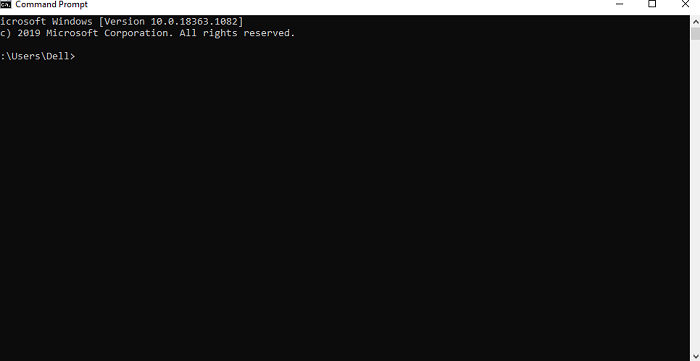
- Next, input in ‘sfc/scannow’ and choose the ‘enter’ option.
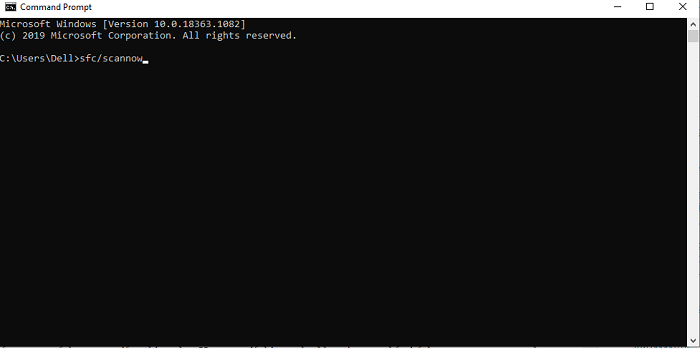
- Now, the scanner has set to work to figure out the difficulty lies within the system. If it finds any errors, it will attempt to fix them.
This process can take an adequate amount of time. Users have reported that scanning also improves the overall performance of the system if nothing else. However, if this method hasn’t proved fruitful to you, move on to the next.
Read Also: Fix Print Screen Button Not Working On Windows 10
Updating Your PC’s OS
The Windows Operating System releases updates quite frequently. The purpose of these updates is to mend any bugs or improve the overall working of the system. Ensure that you are, in fact, running the newest of versions in order to avoid any discrepancies. Though your device generally updates itself, you can check if this might have been the issue. Start by-
- Go to ‘settings.’
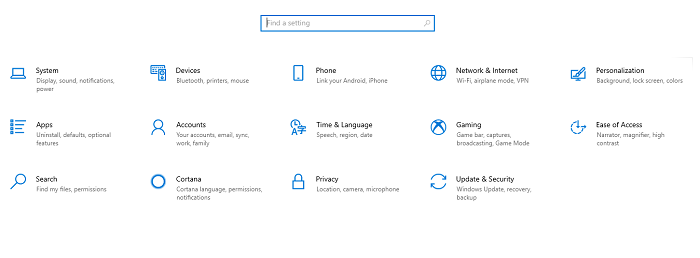
- Next, choose ‘Update and Security.’
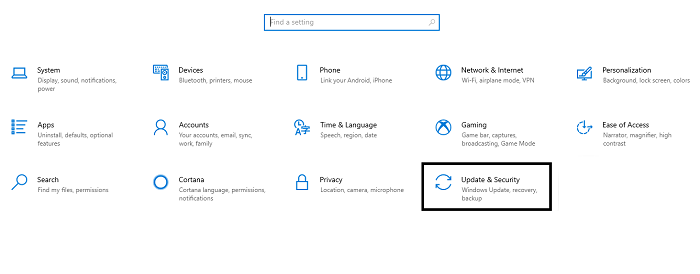
- Next, select ‘Windows Update.’
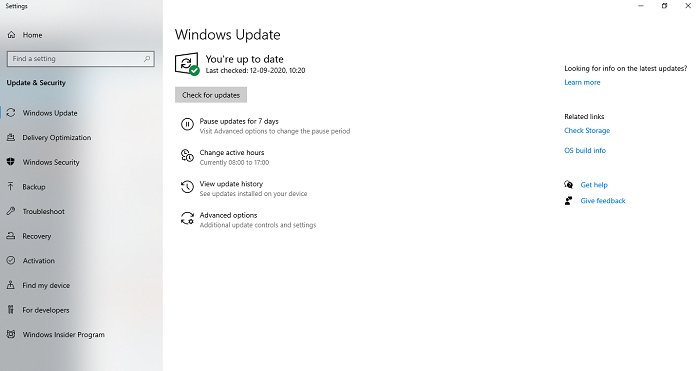
Over here, you can check if there are any pending updates. If yes, go ahead and install them. However, if this didn’t work for you, move on to the next solution.
See Also: Kernel Data Inpage Error : How to Fix It Once And For All
Restoring The PC To Default Settings (In Case Of Overclocking)
The memory management BSOD related issue occurs very frequently for overclocked computers. An overclocked computer is one that has had its components pushed beyond default speed. Therefore, an overclocked PC performs at a better rate than a normal PC. However, doing so can cause you to face memory management errors. Clocking can cause other technically related issues too. Therefore, it is advisable to restore your PC to its default factory settings. If the error persists, move on to the next point.
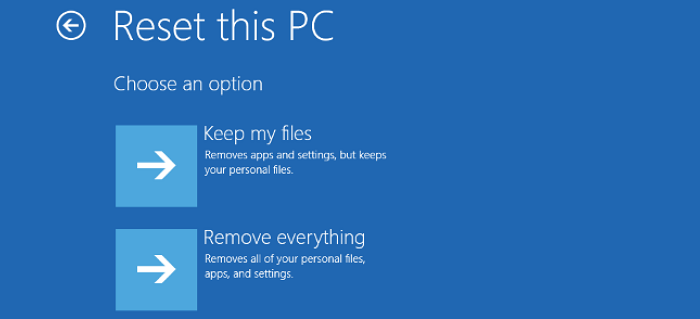
Running Windows Memory Diagnostic Tool
This next solution, well as the name suggests, deals with fixing memory-related issues. In most cases, the windows stop code memory management BSOD indicates a fault within the system’s memory. Therefore, to combat this error, operating the ‘Windows Memory Diagnostic Tool’ is what you’ll have to do. Commence by
- Going into the start menu and typing ‘Windows Memory Diagnostic Tool’
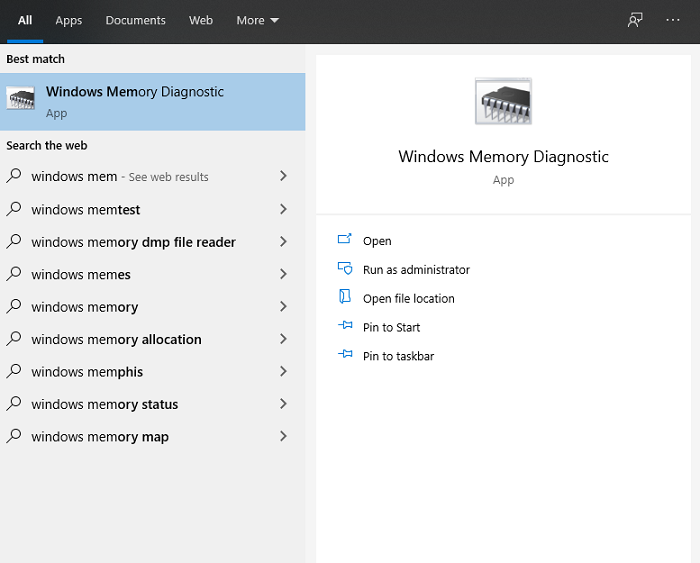
- Select it and next pick the ‘Restart Now’ option.
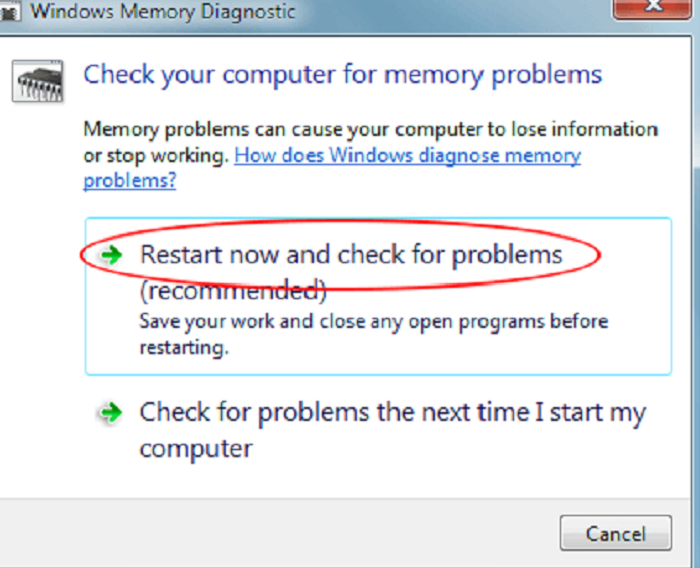
Now, Windows will commence to pushing your RAM through paces. After it restarts, it will display if any issue persists within the memory of your PC. If yes, you might want to renew your RAM or get your device exchanged if it lies within your warranty period. If this doesn’t settle the stop code memory management problem, then read on.
See Also: Fix Error: The Application Was Unable To Start Correctly (0xc000007b)
Updating The Hardware
Generally, memory management error exists due to faulty hardware. Now, before you decide to completely switch out your PC’s hardware, ensure that most of the components are in place. Even a thorough clean up could help. However, if nothing seems t work, have your hardware upgraded. If it lies within the warranty period, then maybe get it exchanged.
See Also: Driver WudfRd Failed to Load-5 Ways to Fix It
Upgrading Graphic Card Drivers
Defective graphic card drivers generally are also a fairly common cause for the Windows 10 blue screen memory management trouble. So to solve this, install the newest version. If you are running the newest version, then maybe try uninstalling and reinstalling the drivers. This will most likely fix your issue.
Removing Recent Software Installations
Finally, you can take out all recent software installations that you’ve made in the recent past and see if that helps. To install, do the following
- Commence by going into the ‘start menu’ and looking up ‘Control Panel.’
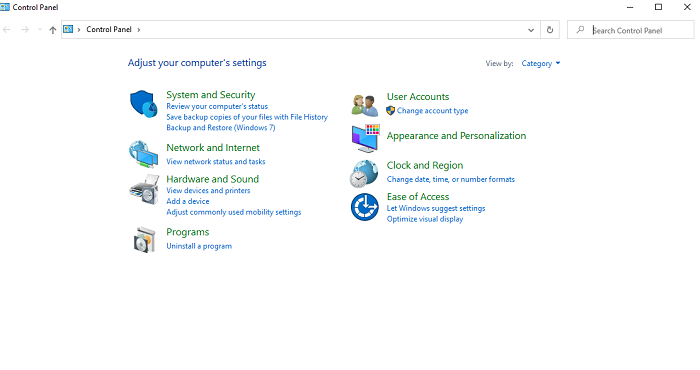
- Next, select ‘Programs.’
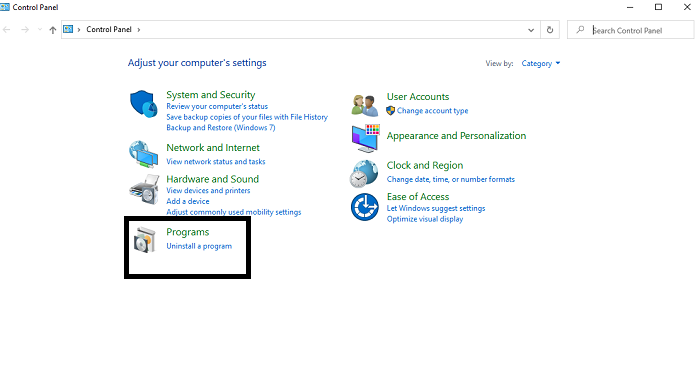
- Choose all recently downloaded programs and select ‘uninstall.’
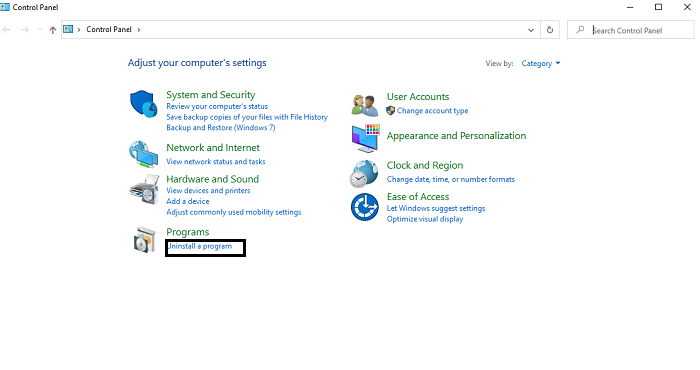
- Finally, restart your computer.
Conclusion
So here is how you can repair your persisting memory management error. The aforementioned methods would prove to be helpful to resolve the problem you are facing. However, if nothing seems to resolve the problem, consider contacting a technician.
See Also: Fix Google Chrome Won’t Open Issues | Top 4 Working Methods

Tony, computing writer at Automaticable, covers laptops, tablets, Windows, iOS. Off-duty, he indulges in comics, gaming, speculative fiction, and excessive Twitter use. Non-nerdy side includes rocking out at concerts and hitting NYC bars.

